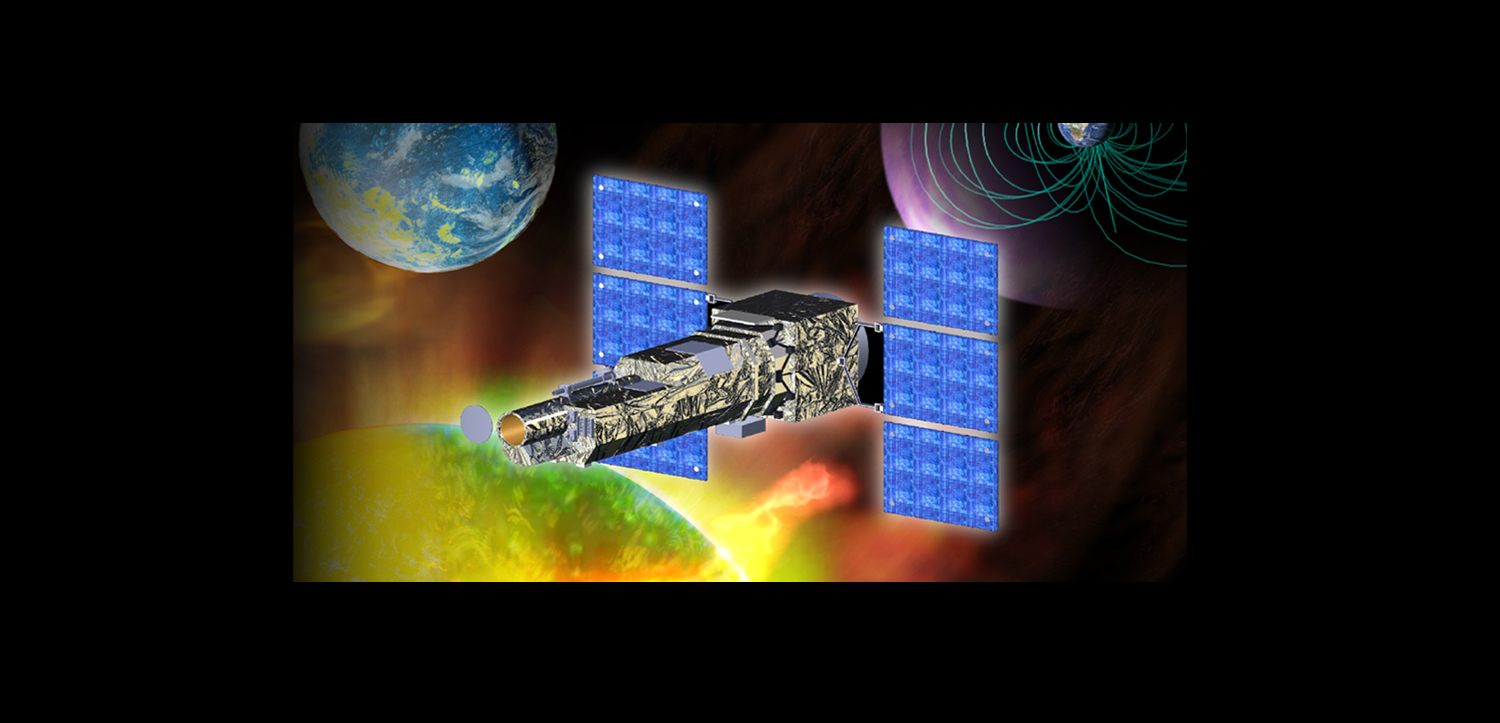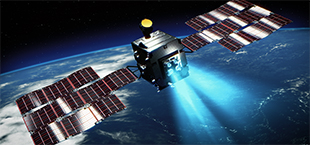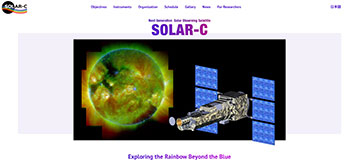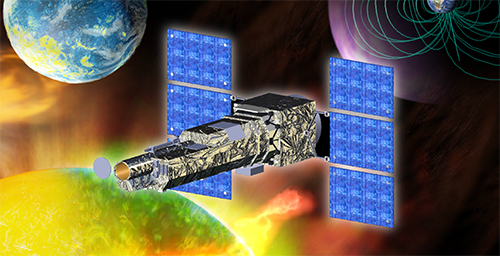Our Earth and other solar system objects are orbiting in the high temperature medium (plasma) produced by the Sun. Then, how is such a high temperature plasma created? And how does the Sun affect the Earth and other planets? The key issues to solve these mysteries are the formation of the million-Kelvin solar corona, which is much hotter than the 6,000-Kelvin solar surface, and the genesis of solar flares, the largest-scale explosive events in our solar system.
Observations of the Sun have revealed the behaviors of the energy injection in the solar surface and its release in the upper atmosphere. However, the mechanisms and physical processes behind remain in a black box. SOLAR-C, with its onboard telescope EUVST (EUV High-throughput Spectroscopic Telescope), will open the black box by investigating the energy and mass transport between the injection and release and by diagnosing what occurs at the site of energy release.
In order to solve the problems, for the first time, SOLAR-C will simultaneously achieve the following three UV observations. First, it will seamlessly and simultaneously observe the broad range of temperatures, spanning over three orders of magnitude from the 10,000 Kelvin chromosphere to the million Kelvin corona, and even to the 15 million Kelvin solar flares. Second, by increasing the ability to collect the solar UV rays 10 to 30 times as much as before, it will resolve the elemental structures at high spatial (0.4 arcsec) and temporal (1 sec) resolution and trace their evolutions. Third, by conducting a high dispersion spectroscopy (equivalent to a velocity resolution of 2 km/s), it will obtain spectroscopic information that enables quantitative diagnostics (such as velocity, temperature, density, ionization degree, and abundance). By combining the three observations, SOLAR-C will gain the picture of dynamically evolving solar atmospheres over a wide altitude range from the chromosphere to the corona with resolving elemental structures.
SOLAR-C is a Japan-led international mission with the cooperation by the US and European countries. ISAS/JAXA develops the spacecraft and EUVST telescope in collaboration with NAOJ, and ISEE at Nagoya University will operate the science center. The science operation after the launch will be conducted by researchers from all over the world. It was downselected for the 4th Competitively-chosen Middle-class mission, to be launched by the Epsilon S vehicle with a target launch in the Japanese fiscal year 2028. It is expected that, by observing the transport of energy and mass and the physical processes of energy release, we will understand how the high-temperature plasma universe is created and how the Sun affects the Earth and planets (space weather), and even reveal the past solar and terrestrial environments (space climate).

DevelopingHigh-sensitivity Solar Ultraviolet Spectroscopic Satellite SOLAR-C
How is the Universe filled with high temperature plasmas? And how does the Sun affect the Earth and other planets? SOLAR-C, the EUV High-throughput Spectroscopic Telescope, will solve the mysteries of solar atmospheres by conducting spectroscopic observations of UV radiations from the Sun.
 Deep Space Exploration Technology Demonstrator DESTINY⁺
Deep Space Exploration Technology Demonstrator DESTINY⁺
 Comet Interceptor - Long period comet exploration mission
Comet Interceptor - Long period comet exploration mission


